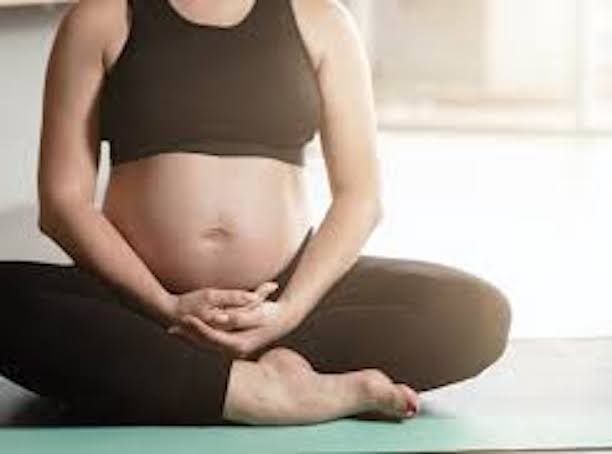- Mon - Fri
7.30 AM – 5.30 PM
Other hours upon request - 770-487-1931
Pilates for Preventing Falls

An often overlooked, yet common health concern for adults over 65 is falling. These falls can lead to injuries such as hip fractures and broken bones. The World Health Organization estimates there are 684,000 fatal falls annually. Fortunately, Pilates is a powerful practice that’s medically proven to reduce age-related falls.
A 2021 study compared the effectiveness of Pilates to general physical activity for developing handgrip strength, balance, and posture. These three physical abilities play an important part in avoiding falls. Over the course of 13 weeks, “both groups showed an improvement in performance, but the Pilates group recorded significantly better results”.
Any physical exercise is better than no exercise, but make the most of your time with regular Pilates practice. Handgrip, as cited in the study, is developed using various apparatus and props. Working with the reformer, tower, and magic circle all improve hand grip while working through various exercises.
Additionally, practicing Pilates for preventing falls includes an emphasis on developing balance, leg strength, and coordination. Focusing your Pilates practice in these areas reduces fall risk.
Balance
Increasing balance requires a combination of core strength, posture, agility, and body awareness. Understanding how our body works and being comfortable moving it through various environments is important. Pilates develops this body awareness. When an accident occurs, confidence in our body to react quickly makes a big difference in the outcome of a fall.
Core strength, the foundation of all Pilates work, kicks into safety mode when we are off-balance. Our core is the center of gravity that, when utilized well, catches us before a fall occurs. Challenging the core through various positions in Pilates prepares us for a multitude of different circumstances that pull us off balance, thus preventing falls.
Agility, the body’s ability to adapt physically, can take a back seat as we age. Pilates develops both physical and mental agility.
As a mind-body practice, performing Pilates work correctly requires focus and attention to detail. This keeps us mentally sharp and physically agile. Restoring balance in a moment requires both a quick physical and mental reaction.
Leg Strength
Developing leg strength isn’t just about muscle, but building those muscles in healthy alignment. Pilates leg work in all varieties builds muscles, flexibility, and coordination in a balanced way that supports posture and balance.
The majority of Pilates work is done laying down and seated. Increasing the amount of standing Pilates work improves balance and leg strength.
The many varieties of footwork on the reformer are excellent for the legs, ankles, and feet. Stable, strong healthy feet is the foundation of all standing work. Beginning with the feet, Dr. Karyn Staples takes us through building healthy posture while standing in this video.
Coordination
Pilates is a full-body practice. Activating the core while often moving arms and legs with various apparatus is common. Isolated movements are rare. Developing the ability to coordinate multiple parts of the body moving at once makes Pilates both challenging and fun.
For beginners and older adults, this may be very challenging and overwhelming. Yet, our body is designed to function as one being with many parts. With practice and guidance from physical therapists, coordinating our body to move in sync through Pilates will grow.
Coordination plays a key part in preventing a fall. In a quick moment we become off-balance, our body reacts in a multitude of ways:
- The core activates as our center of gravity.
- Feet find stable footing.
- Arms and hands reach to hold tightly to a secure surface.
- Leg muscles are engaged to hold up the torso.
Many parts of the body react quickly keeping us safe and injury-free. Training our body to work together in coordination makes this possible.
Pilates doesn’t just benefit older people, but benefits people of all ages, in any condition. Pilates is there for you after a fall but also helps reduce the chance of it happening to begin with. If you’d like to experience Pilates yourself, visit ProHealth Pilates and Physical Therapy in Peachtree City, GA.




